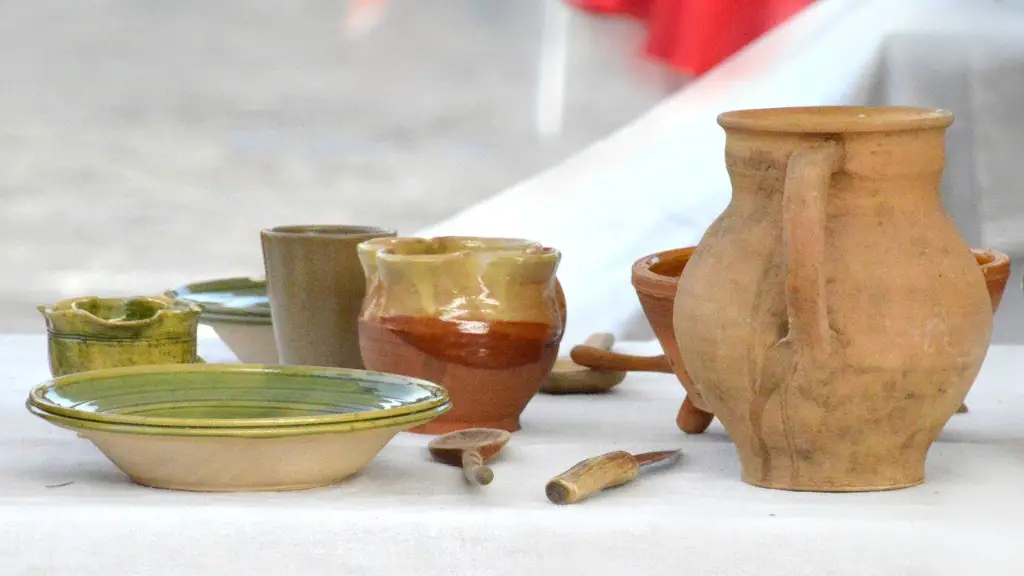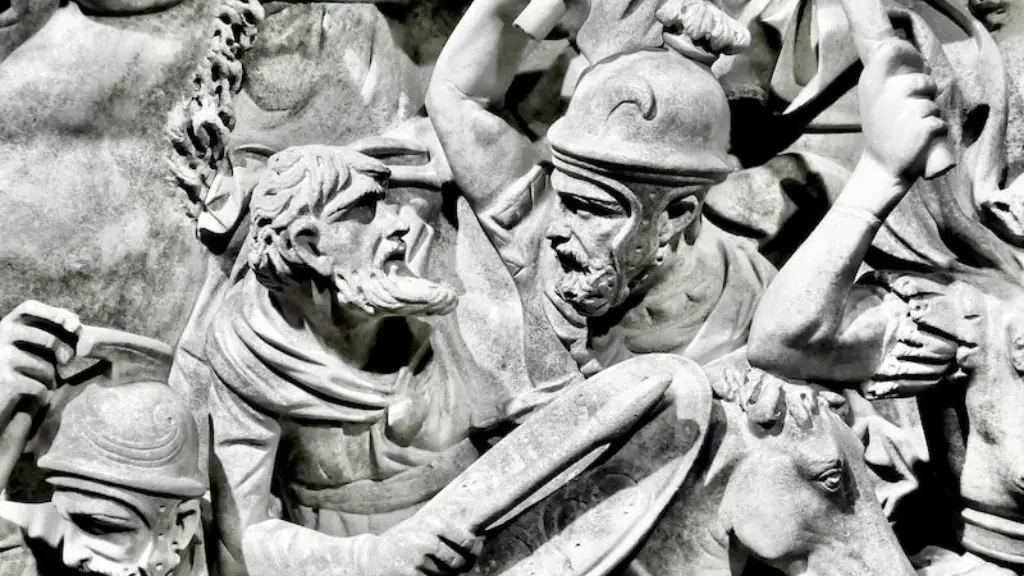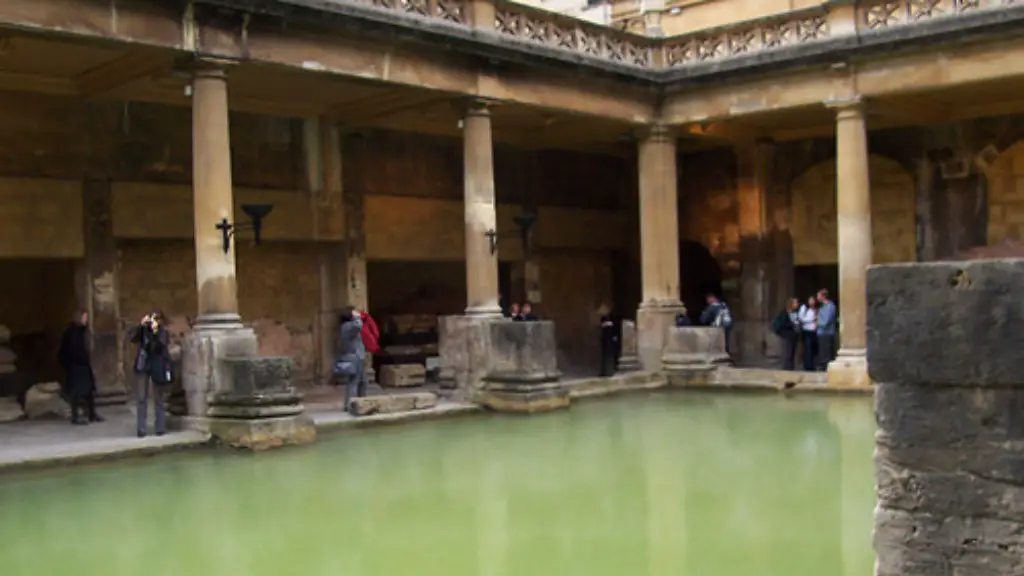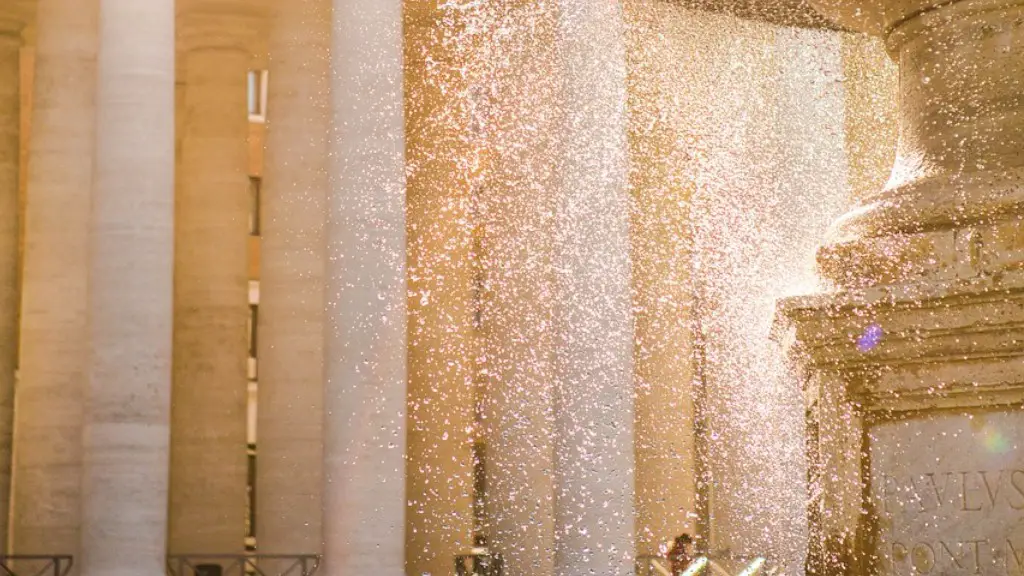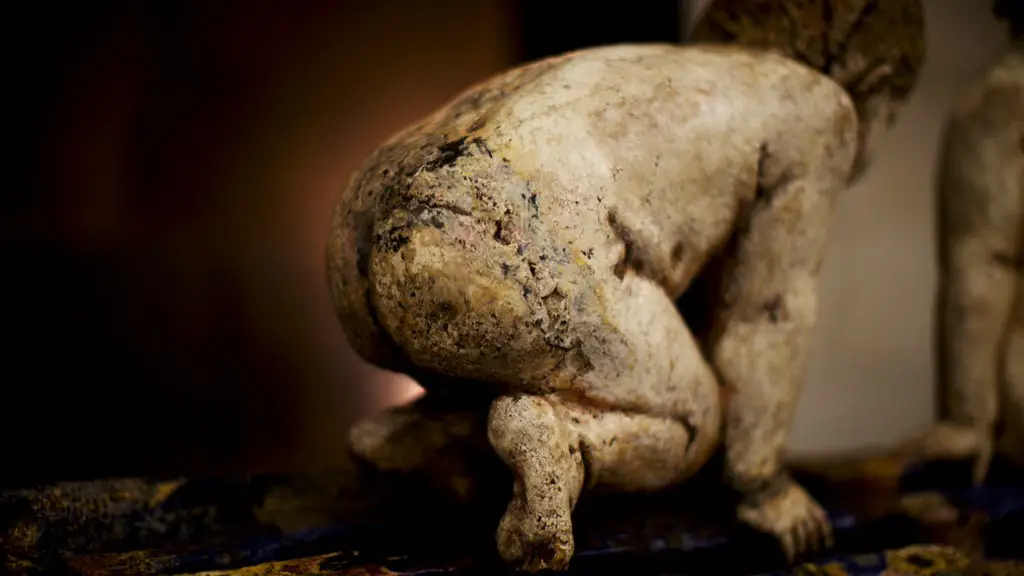The Circus Maximus was a large ancient stadium in Rome. It was the site of public chariot and horse races, as well as other public events. The name comes from the Latin word for “greatest,” since it was the largest stadium in Rome.
The Circus Maximus is an ancient Hippodrome located in Rome. It is one of the largest sporting venues ever built and could accommodate up to 250,000 spectators. The Hippodrome was used for chariot races and public games.
What did Romans do in the Circus Maximus?
The Circus Maximus was used for a variety of events, not just chariot racing. Gladiatorial combats, wild animal hunts, and other athletic events were also held there. Processions were also held at the Circus Maximus.
The Circus Maximus was one of the most popular entertainment venues in ancient Rome. It was used to stage chariot races, gladiatorial displays, animal hunts and fights, and the Ludi Romani – the Roman Games. The latter was sponsored by rich and powerful Romans to honour the gods or to celebrate a victory in battle. The Circus Maximus could accommodate up to 150,000 spectators, making it one of the largest stadiums in the world at that time.
What would happen in the Circus Maximus
Ludi were public events held in Rome and other cities in the Roman Empire. They ranged in duration and scope, from one-day or even half-day events to spectacular multi-day celebrations. Ludi typically included religious ceremonies, public feasts, horse and chariot racing, athletics, plays and recitals, beast-hunts, and gladiator fights. Some ludi also included public executions.
1. The Circus Maximus was built in the 6th century BC.
2. It was the largest stadium in ancient Rome.
3. The first excavations were during the papacy of Sixtus V in 1587.
4. The two obelisks of the spina were recovered.
5. The Circus Maximus could accommodate up to 150,000 spectators.
6. It was used for horse and chariot racing, as well as for public games and events.
Why was the Circus Maximus destroyed?
The Circus Maximus was a stadium used for horse and chariot racing in Rome. The stadium could seat up to 250,000 people and was used for public events such as gladiator fights, public executions, and animal hunts. The last recorded event at the Circus Maximus was a chariot race in 549 AD. After the decline of the Roman Empire, the stadium fell into disrepair and the stands were demolished. The stone from the stadium was used to build new churches and palaces.
The Circus was a large stadium in Rome that was used for entertainment, religious events, and public games. The most popular event held at the Circus was the chariot race, which was witnessed by a huge crowd. The Circus was also used for the celebration of religious events and holding public games during festivals.
Is Circus Maximus the same as the Colosseum?
The Circus Maximus was a popular entertainment venue in Rome for many centuries. It was considerably larger than the Colosseum and hosted chariot races that drew large crowds from throughout the empire. Even after the gladiatorial games faded away, the Circus Maximus remained a popular attraction.
Crowe’s portrayal of Maximus is that of a Roman general who is betrayed and then forced into slavery. He then becomes a gladiator and works his way up through the ranks to take revenge on those who betrayed him. This is an excellent film that highlights the strength and determination of the human spirit.
Who created the Circus Maximus
The Circus Maximus is one of the oldest and largest public spaces in Rome. The first Roman kings are said to have laid out the Circus in the 6th century BCE, although it first took on its distinctive shape under Julius Caesar. The Circus was used for chariot racing and other public events. The ruins of the Circus can still be seen today.
The Roman Colosseum was one of the largest and most popular stadiums in the world. Enlarged by later emperors, it reached a maximum size under Constantine of about 2,000 by 600 feet, with a seating capacity of possibly 250,000. Today, only the site remains.
When did the Circus Maximus fall?
The Circus Maximus was the most popular entertainment venue in Roman times, but it fell into disuse in the 6th century AD. This was largely because there were other venues like the Colosseum for gladiator and animal fights, and the Stadium of Domitian for chariot and horse races. The last chariot race in Circus Maximus was held in 549 AD, after which the site was abandoned.
The Circus Maximus was a popular stadium in ancient Rome that was used for a variety of public events, including chariot races, political rallies, and even executions. The stadium was built in a way that was similar to the later constructed Colosseum, and it is believed that the most popular events at the Circus Maximus were the chariot races.
What does the name Circus Maximus mean
The Circus Maximus was an ancient Roman chariot racing stadium and public events space located in Rome, Italy. The site could accommodate over 150,000 spectators in its heyday and was used for events such as public games, athletics, and horse and chariot races.
The Circus Maximus was a huge arena built in the 6th century. It was made of wood and the track was sand. It was built by slaves. The arena took almost no effort nor sacrifice of the Roman nobles that enjoyed its magnificence. That is until it was burnt down in 34 BC, then again, and a final time in 64 AD.
Why was Maximus ordered to be killed?
It is a shame that Marcus Aurelius did not get to see his dream of a restored republic come to fruition, as he was tragically murdered by his son Commodus. Thankfully, Maximus – the man Aurelius wanted to succeed him – refused to swear loyalty to the murderous Commodus, and instead met his end with his family. It is a tragedy that such a great man as Aurelius should have had such an unfortunate end, but at least his legacy lives on through Maximus.
On May 4, 250, Maximus was led outside the city walls and stoned to death because he would not recant. He was first tortured on the rack and then beaten with rods, but he refused to give in. Optimus ordered his execution as a result. Maximus died a martyr for his beliefs.
Conclusion
The Circus Maximus was the ancient Roman stadium for horse and chariot racing. The site for the stadium was selected by Julius Caesar, and it was built between the Palatine and Aventine hills. The stadium could accommodate up to 150,000 spectators, making it the largest stadium in the world at that time.
TheCircus Maximus was the largest stadium in ancient Rome and could accommodate over 150,000 spectators. It was used for public events such as horse and chariot races, and was the site of the popular chariot race scene in the movie Ben-Hur. The circus was also used for military displays and for executions.
